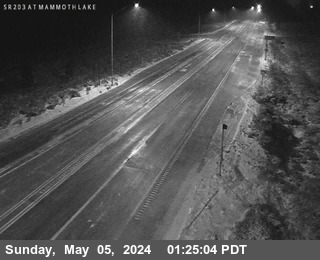Brought to you by Howard Sheckter
Meteorological Fall Begins September 1st…..So far…..Not much in our outlook other than another warm up this holiday weekend into Wednesday…..A brief period of SSE flow will bring some monsoon moisture our way, early next week….
Tuesday August 31, 2021
September 3rd Update
It’s the holiday weekend and lots of travelers will be up this weekend. Here is a weather update…
Those that awoke in the Eastern Sierra this morning noted lots of haze and smoke. The Southwest winds associated with the Trof in the pacific NW was a double edged sword. Initially, the winds were responsible for creating critical fire weather creating a very dry air mass and moderate gusty winds, while over the Southern Mono County, the winds kept our airmas smoke free. With the Pacific Northwest Trof shearing off to the east, much lighter winds have resulted, causing smoke from sierra fires to stagnate and envelope our region. The official forecast calls for the smoke and haze to linger through the holiday, with high pressure building over Central California, Saturday and Sunday with much warmer temperatures ahead. (Low 80s Sunday through Tuesday) Low’s Sunday and Monday (Upper 40s to low 50s)
Some possible good news. Not stated in any of the AFD discussions, as the upper high drifts east across the Nevada border, the upper flow becomes lightly southeasterly, according to the NAM model. The upper flow at 500MB and 700MB may be strong enough Sunday afternoon and Monday, to begin cleaning up our dirty air, at least to some extent. As a note, in the Las Vegas forecast for the Owens Valley, they have no mention of haze and smoke Sunday or Monday. That may be a hint….
The Dweeber……………………;-)
__________________________________________________________________________________________________________________________________________________________________
It’s going to be a Fab Holiday weekend. Too bad the forests are closed. Expect highs in the upper 70s by Sunday and Lows in the mid-50s. So, pretty much a continuation of our very warm Summer. The brief period of SE flow Monday and Tuesday next week will enhance convection with afternoon buildups and isolated TSRWs, Tuesday and possibly Wednesday. As headlined…. tomorrow Wednesday the 1st is the beginning of Meteorological Fall. Weather systems begin to get enhanced as the upper jet tends to slowly increase in strength. However, for California this time of the year, we begin to see more trofs deepening into the Northern Great Basin. Typically, were on the back side of these weather systems, so periods of wind and cooling are the highlights. All this is just climatology for future weeks.
The Dweebs are watching ENSO to see how it all develops this Fall. It does appear that Weak La Nina conditions will develop this fall and continue into the Winter. Last year, La Nina played a major part in our drought. That La Nina was considered Moderate for much of the Fall and Winter. Early ENSO Forecasts this winter show La Nina being weaker than last. Last winter, the La Nina Base state was so strong, it did not allow for the MJO to move out over the pacific. The great warm water barrier, supported by the Walker Pump, remained over the far Western Pacific with cold waters very evident at the dateline. That proved not so good for the kind of patterns we wanted to set up last Winter. In fact, if it were not for the strata warming event late last December that forced the AR we had in late January, we would have had a winter, water wise that would have been horrific!
Another interesting change in one of the teleconnections worth considering, is the Strato Wind index (QBO) is now in it easterly phase, whereby last winter in was in its westerly phase. The Westerly phase is more conducive for Deeper Hudson Bay Lows, and a Jet stream that does not venture much further south than Northern CA. The Positive phase of the QBO, tends to keep more cold air bottled up over the Arctic. The Easterly Phase -(QBO) highlights more blocking and a weaker Hudson Bay Low, (commonly known as the Polar Vortex). More blocking forces more meridional flow (N/S) which can favor storms moving further south into CA. So a weak La Nina and an Easterly QBO makes for better odds of a wetter winter here in the Central Sierra. It may be that we get a few more ARs this winter to help our snowpack. If you want to see the QBO index and see when this flip occured, check it out at the following link. https://www.cpc.ncep.noaa.gov/data/indices/qbo.u30.index It flipped negative last June. A weak La Nina and a negative QBO is a good combo! To me this means that we will get at the least, a few more good storms, only if La Nina remains weak!
Dr Howard and the Dweebs……………………:-)




